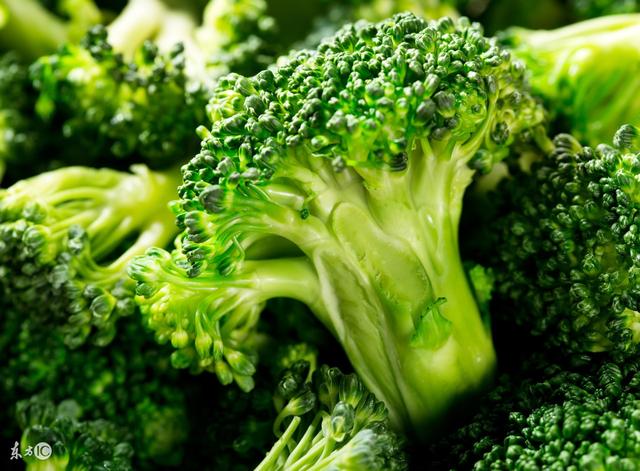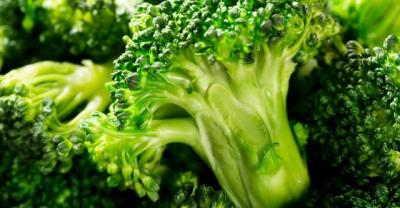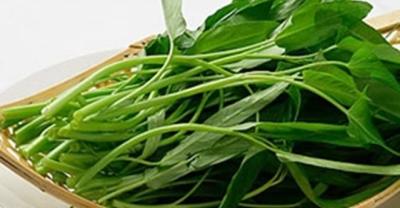Planting technique of cauliflower in arch shed
1. Variety selection
Early maturing varieties, Fujibai No. 2 and No. 3, Athena, late maturing varieties: Xeni, swaddling clothes, late ripening for 90 days.
two。 Environmental condition
Cauliflower requires loose and fertile soil, more nitrogen fertilizer in the early stage, greater demand for nitrogen, phosphorus and potassium in the period of flower head formation, and is more sensitive to magnesium, which will lead to symptoms such as flower diameter hollowness.
3. Raising seedlings
Plant cauliflower in two seasons a year, A: plant seedlings at the beginning of February, B: plant seedlings around June 15, and plant seedlings before July 20.
The seedlings were raised on February 10, and the seedling age was 40-50 days. 72-hole pot tray was selected to control Liriomyza huidobrensis in seedling stage, and fly was used to control Liriomyza huidobrensis during two-leaf spraying.
Check and replenish seedlings in time. Higher temperature is needed in seedling stage, generally, the temperature should be kept at 25-28 ℃ in daytime, and should not be lower than 15 ℃ at night. In the later stage, the temperature should be controlled at about 20 ℃ in daytime and 12-15 ℃ at night, which is beneficial to the formation of strong seedlings.
When refining seedlings with 3-4 leaves, squatting seedlings for 20 days and letting out wind (upwind) when seedlings grow for 20 days, and letting out wind at 30 days old, temperature management is 25-28 ℃ during the day and 15 ℃ at night.
It is carried out step by step from small open seams to open shed, which increases the cold resistance of seedlings and the ability to withstand direct sunlight.
Control of water and fertilizer at seedling stage: generally, it is appropriate to see no clear water, and the soil temperature can be kept at about 75%, and about 50% in the middle and later stage. When the seedling is not flourishing, an appropriate amount of potassium dihydrogen phosphate can be added or foliar fertilizer can be sprayed when spraying water.
4. Field transplanting
Before and after transplanting on April 10th, Ching Ming Festival was the best, 3500 trees per mu, with sufficient bottom fertilizer, applying 5000kg high-quality and mature farm manure per 667m2, turning 30-40cm deeply, preparing the land and covering with plastic film. Transplanting seedlings should be carried out in the morning when there is no wind, make holes in the plastic film on the border, soak the seedlings with small water or irrigate the roots with rooting agent, and then cover the greenhouse film immediately. Watering fixed planting water during planting, slow seedling watering after slow seedling watering, then ploughing for 2-3 times, squatting seedlings properly to promote root growth and development. The focus of the management after slow seedling is to promote the growth, and strive to form more mature leaves, so as to create conditions for the formation of the bouquet.
5. Arch shed planting
First pull drip irrigation belt, insert bamboo bark at the end of March, transplant 6 rows, plant spacing 50cm, row spacing 60cm, then arch greenhouse film (4m), one week after planting, there is no need to let out, a week later, according to the weather conditions, cauliflower should be watered when the goose eggs grow, and watering should be watered when the temperature is low in the afternoon. Uncover the greenhouse film on May 15.
6. Field management
Due to the acceleration of drying in the shed after ventilation, watering should be carried out according to soil characteristics and soil moisture. On a sunny morning, furrow irrigation should be adopted to fill the small ditches. Weeding and loosening the soil should be done in time after watering to increase the air permeability of the soil. When the night temperature is more than 15 ℃, the greenhouse film can be removed, and the bamboo slices can not be removed temporarily to prevent the cold in late spring, and measures can be taken to re-cover the greenhouse film to keep warm.
7. Fertilizer application
During soil preparation, 4 square meters of rotten pig manure were applied, and 10-15kg urea and 8-10kg drip irrigation fertilizer were applied in the first water.
8. Pest control
There was almost no disease and insect damage in the early planting, but the late cauliflower had serious insect pests. The seedlings were raised on April 25 and transplanted in the middle of June. After planting, the cauliflower was sprayed every 7 days with methamidyl salt and beta-cypermethrin.
9. Disaster weather management
When there is a strong wind, we should pay attention to adding soil around the greenhouse film, the greenhouse film has bulging phenomenon, we should immediately increase the windbreak belt; if the greenhouse film is lifted or torn, it should be strengthened or replaced in time. In case of a cold spell, heat preservation measures should be taken, such as lighting a candle at each end of the shed, or spreading an old film, which is conducive to cold prevention. When there is heavy snow, it is necessary to clean the snow on the shed film in time to prevent the snow from being too thick and overwhelm the arch shed.
10. Timely harvest
It was sold at the end of May and the beginning of June, with an output of 3.5-5 tons. Autumn cauliflower can be put on the market at the end of September and early October, with an output of 6-7 tons.

- Prev

Planting method of potted okra
First of all, choose the flowerpot, according to your hobby, the flowerpot can be big or small, then install the seedling soil, pour through the water, we put the selected seeds into 3 into half.
- Next

Planting techniques of lobular red sandalwood
Lobular red sandalwood is characterized by high density, stable wood and not easy to deform and crack. Hardness is the first wood, rare degree can be called a national treasure, known as the "emperor."
Related
- Fuxing push coffee new agricultural production and marketing class: lack of small-scale processing plants
- Jujube rice field leisure farm deep ploughing Yilan for five years to create a space for organic food and play
- Nongyu Farm-A trial of organic papaya for brave women with advanced technology
- Four points for attention in the prevention and control of diseases and insect pests of edible fungi
- How to add nutrient solution to Edible Fungi
- Is there any good way to control edible fungus mites?
- Open Inoculation Technology of Edible Fungi
- Is there any clever way to use fertilizer for edible fungus in winter?
- What agents are used to kill the pathogens of edible fungi in the mushroom shed?
- Rapid drying of Edible Fungi

